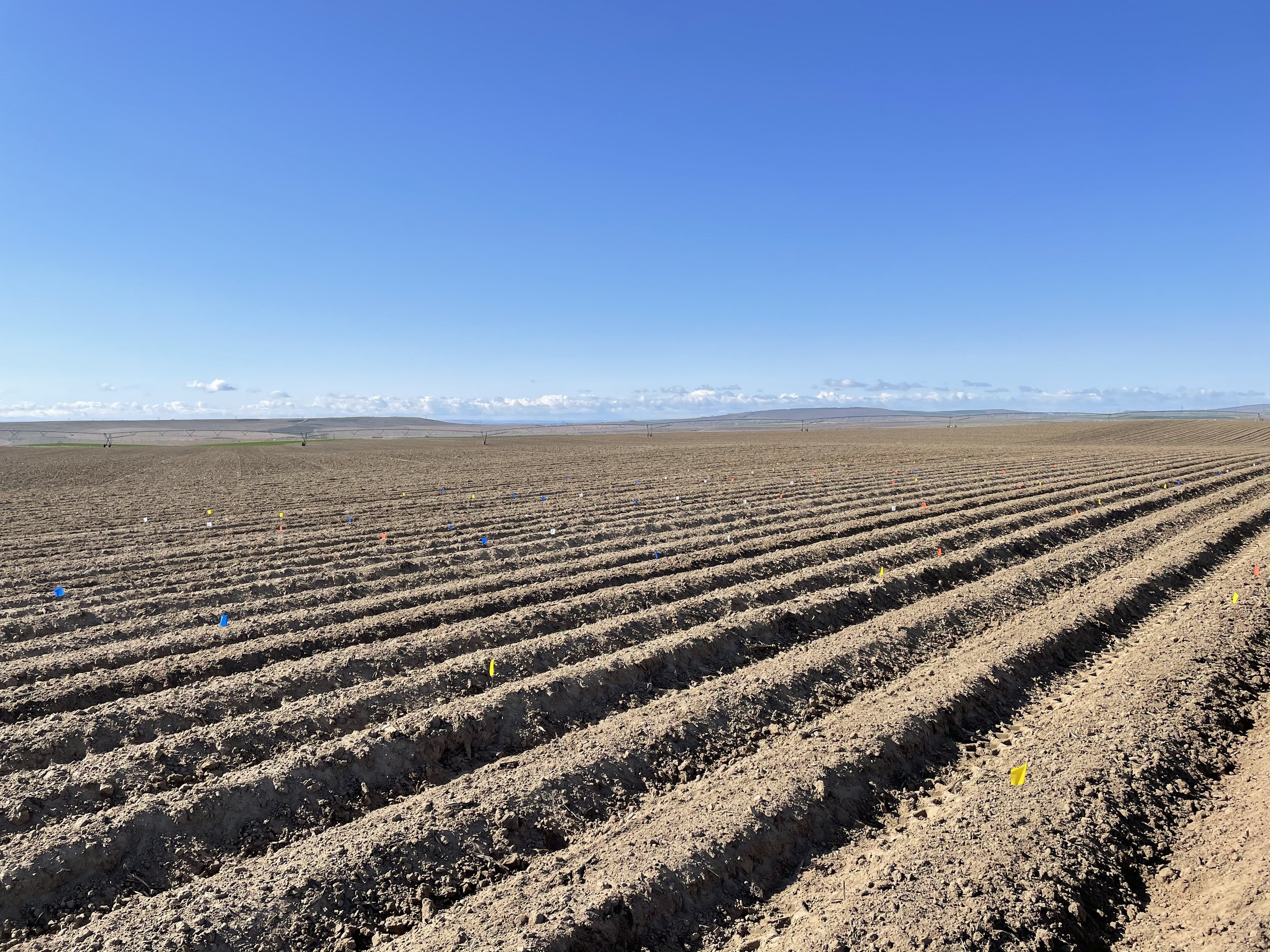It is important for our farmers to understand the components which make up the soil in which their crops grow. They often are confronted with questions of which new crop or rotational crop to plant and how much fertilizer is needed to economically grow that crop.
By identifying a field's soil type, field characteristics, microorganism activity, current nutritional and chemical status, we can determine how best to amend the soil to produce the highest level of productivity.
Agrimanagement begins by collecting available previous data on soil type, aerial photos, and previous production data. With this data we can identify those areas which are typical and those which either yield higher or lower in order to prepare a detailed plan for sampling.
If needed, grid or zone sampling can be used to provide a more detailed and precise analysis of a given field or block. By marking our sampling location with GPS, we can integrate soils data into a layered GIS analysis system and relate it to other spatially referenced on-farm information.
Following the sampling of the soil, Agrimanagement utilizes the services of an independent laboratory to determine the nutritional and chemical components of the soil samples. With this data, our consulting staff create a detailed report, which includes a specific recommendation for your field and crop

